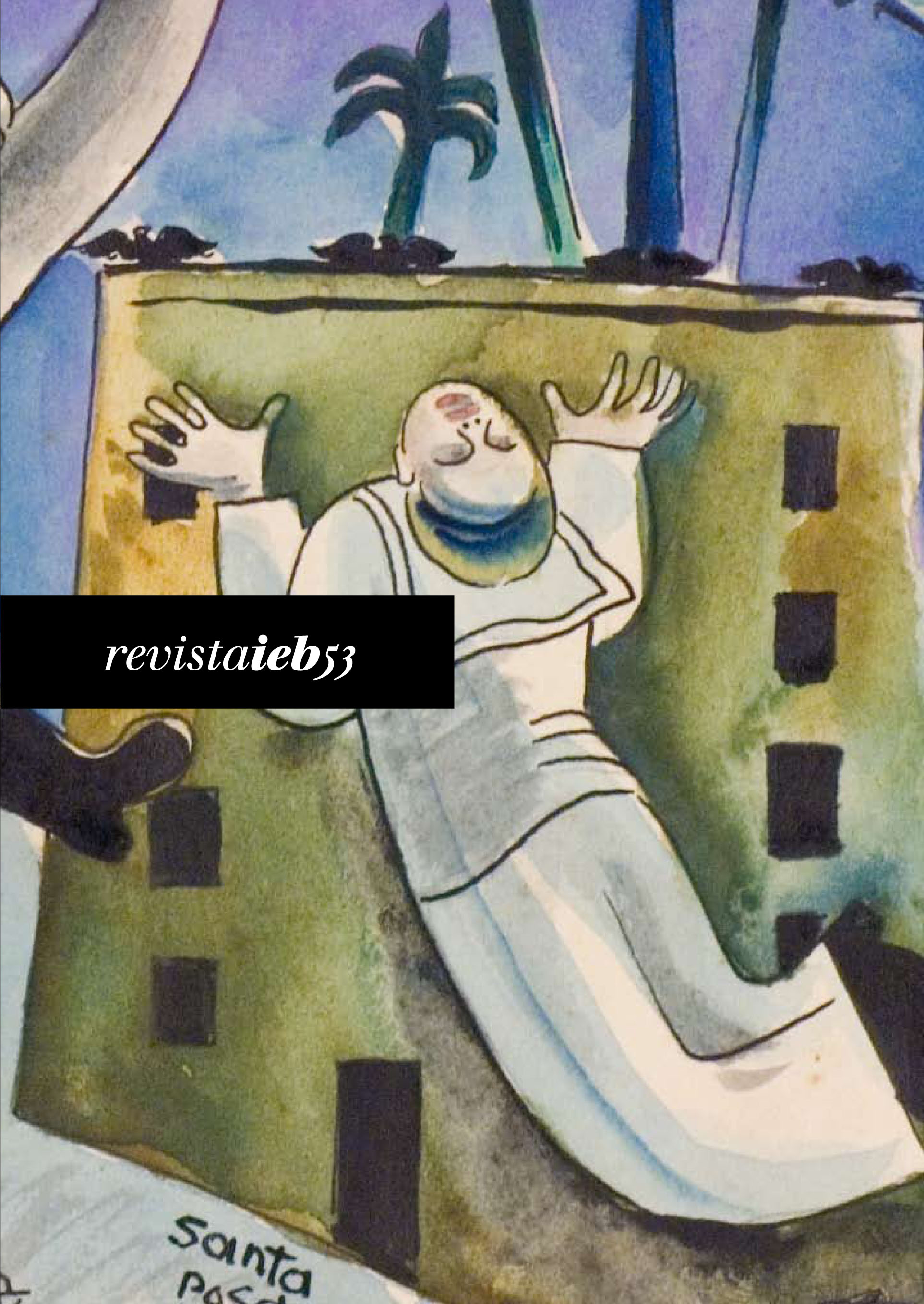The Brazilian avant-garde art and its manifestos
DOI:
https://doi.org/10.11606/issn.2316-901X.v0i53p89-106Keywords:
Brazilian modernism, avant-garde art, manifestosAbstract
This article discusses the impact, in both the field of the arts and in the history of Brazilian modern art, caused by three different manifestoes, published over the course of the twentieth century, namely: Manifesto Antropófago, 1928; Manifesto Ruptura, launched in 1952, at the first "paulista" concretist group exhibition; and Mamãe Belas-Artes, a text originally published in 1977. Their authors did not hesitate to declare their intention to break away from the past and from the artistic paradigms of the time. We will reflect upon the limits and reaches of our modern project, and on the specific characteristics of implementing a "space of contemporaneity" amongst us.Downloads
Download data is not yet available.
Downloads
Published
2011-09-01
Issue
Section
Articles
License
- Todo o conteúdo do periódico, exceto onde está identificado, está licenciado sob uma Licença Creative Commons do tipo atribuição CC-BY.
How to Cite
Couto, M. de F. M. (2011). The Brazilian avant-garde art and its manifestos . Revista Do Instituto De Estudos Brasileiros, 53, 89-106. https://doi.org/10.11606/issn.2316-901X.v0i53p89-106



